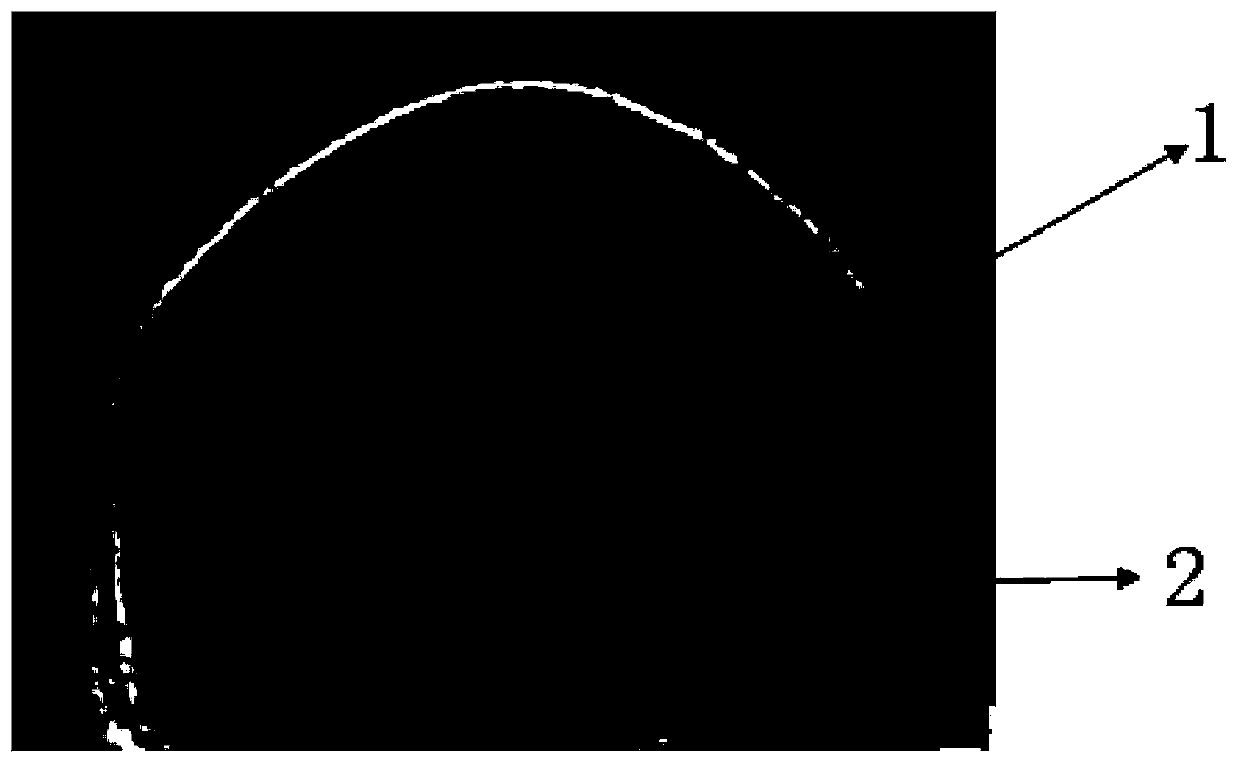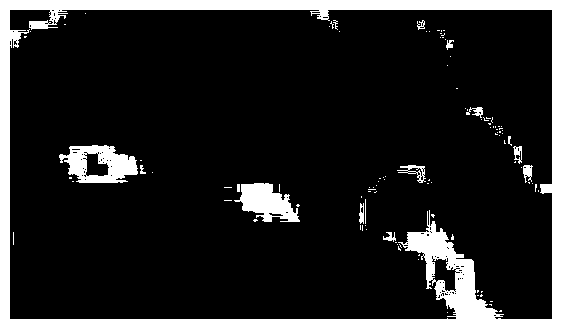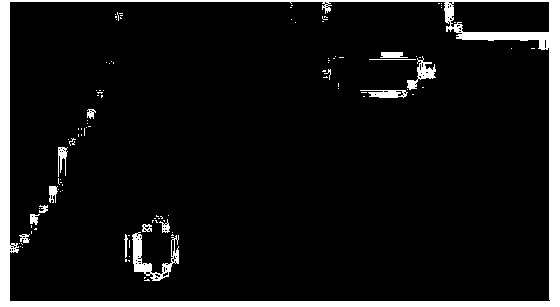Multidimensional vein extracting method based on brain nuclear magnetic resonance image
A technology of nuclear magnetic resonance image, extraction method, applied in the field of medicine
- Summary
- Abstract
- Description
- Claims
- Application Information
AI Technical Summary
Problems solved by technology
Method used
Image
Examples
Embodiment Construction
[0084] The following example is an introduction to using the method of the present invention to establish a model for predicting AD based on brain MRI images containing relevant ROIs. This is only a further description of the method of the present invention, but the examples do not limit the application scope of the present invention. In fact, this method can also be used to judge the properties of other types of medical images.
[0085] Image source: The brain MRI images of AD, MCI and normal elderly shared on the ADNI website are in .Nii format and read using MRIcro software;
[0086] Methods: Using Matlab software programming, using region growth method to segment the ROIs in the above MRI image, and using Contourlet transform to extract the texture feature parameters of the relevant ROIs.
[0087] The following is an example of extracting texture feature parameters of ROIs from brain MRI images. The steps are as follows:
[0088] 1. Collect 250 original brain MRI images of 20 case...
PUM
 Login to View More
Login to View More Abstract
Description
Claims
Application Information
 Login to View More
Login to View More - R&D
- Intellectual Property
- Life Sciences
- Materials
- Tech Scout
- Unparalleled Data Quality
- Higher Quality Content
- 60% Fewer Hallucinations
Browse by: Latest US Patents, China's latest patents, Technical Efficacy Thesaurus, Application Domain, Technology Topic, Popular Technical Reports.
© 2025 PatSnap. All rights reserved.Legal|Privacy policy|Modern Slavery Act Transparency Statement|Sitemap|About US| Contact US: help@patsnap.com



